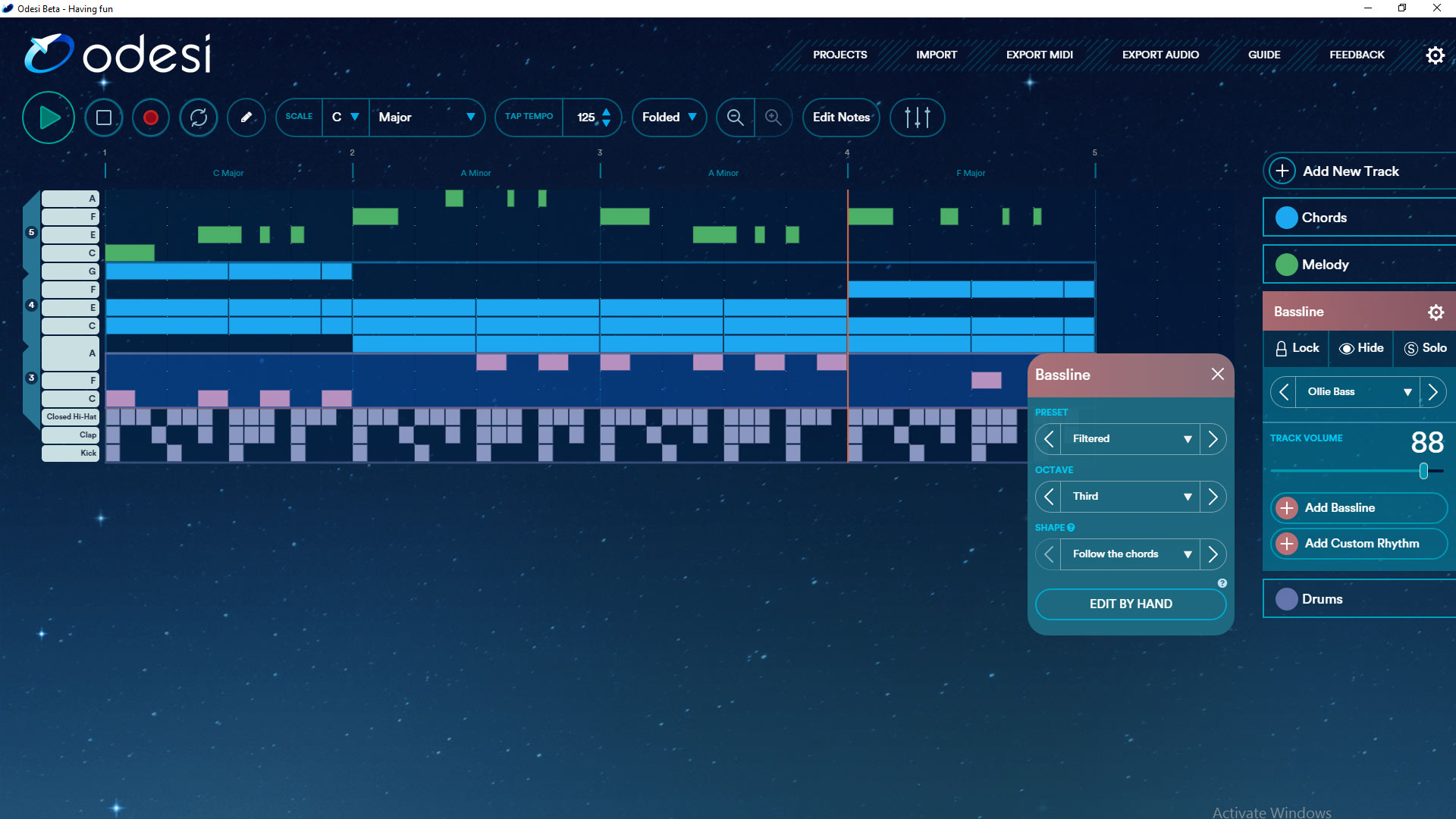

It frequently elaborates a little on the basic idea from the antecedent phrase, and then continues with another contrasting idea, which may or may not be different from the first contrasting idea. The consequent phrase will follow up the antecedent with the basic idea. The functional harmony post will be coming up in a few weeks.

Httpv://… You’re going to have to wait, we are getting off topic. That doesn’t fit with standard diatonic harmony, it must be doing something else in the piece… but what? You may be able to say for instance, that a composer is writing something in Db major, and everything seems good, but then all of the sudden, there is an A major chord. Without a solid understanding of functional harmony, you may understand what a composer is doing, but not why.
Sonority music types how to#
You need to be able to tell what chord you are listening to in relation to the tonic harmony, and how to connect those chords.īut functional harmony furthers your understanding, by introducing not just how the chords sound, but how the chords develop the music and specifically the form of the music. You have to know how a given chord sounds. Understanding Functional Harmony requires that you understand the first two levels. Never fear… Functional Harmony to the rescue! Harmonic Understanding Level 3 – Functional Harmony You know how to connect the chords, but do you know why they behave the way they do, or when you would use a certain chord versus another. Or a perfect authentic cadence (PAC), which has a root position dominant (V) followed by a root position tonic (I), ending on the first scale degree: īut there is something missing in your knowledge. You know about cadences, like the half-cadence (HC), which ends on a dominant chord (V): At this level, you understand simple things like Tonic, the triad built off of the first scale degree, is the “home” harmony, and the other chords somehow relate to it. Harmonic Understanding Level 2 – Harmonic RelationĪt this level, you start to understand the way harmonies relate to one another. This level of thinking about harmony does not take much training, mostly because our brains are geared to hear and distinguish harmony.

This is the most basic type of harmonic thinking. The first is, just how you’d think, the way certain notes sound when played together. Harmonic Understanding Level 1 – Sonority


 0 kommentar(er)
0 kommentar(er)
